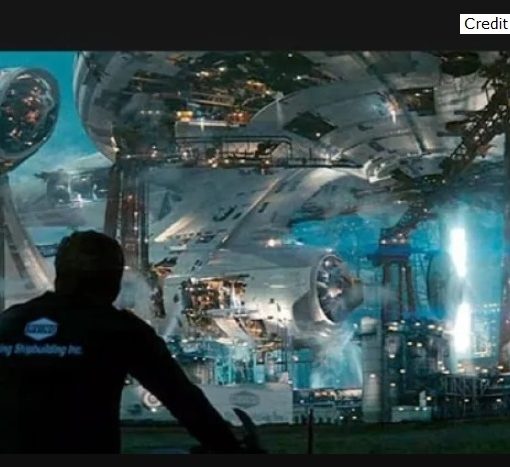There has been much written about how defence inflation has eroded the budget allocated to the National Shipbuilding Procurement Strategy (NSPS).1 As time passes, the argument goes, the NSPS budget gets smaller and smaller due to cost inflation and therefore the number of ships that can be built decreases as well. From three Joint Support Ships, there is now talk about two. From six to eight Arctic Offshore Patrol Ships, people now talk about four. And instead of 15 Canadian Surface Combatants, there is speculation that the number will more likely be 11.
What I haven’t seen in this discussion is the effect on the number of ships when the cost of inputs to the shipbuilding process goes down. The question for today is: what effect, if any, does the reduction in commodity prices have on the cost to build ships? Global prices of many commodities have decreased dramatically in the past few years. Depending on what source you consult, the numbers will vary, but the trends will not. This means that the costs of some of the major inputs into the construction of the ships have decreased. I’d like to examine four factors very briefly.
Perhaps the biggest component in a new ship is steel. The large ships to be built in the NSPS displace a lot of tons – it is estimated that the JSS for example will displace 20,000 tonnes and AOPS will displace 6,440 metric tonnes. That’s a lot of steel. Numbers will vary depending on the type and form of steel, but according to many sources, the price of steel has decreased roughly 50% in the past year.2 And the price is projected to continue downward until the global economy picks up steam again.
Another major component in the new ships will be copper for wiring and communications equipment. Again, numbers will vary depending on the type and form, but sources indicate that the price of copper has decreased roughly 20% over the past year.3 Like steel, the price of copper has been declining over the past few years, and the predictions are the same as for steel – no increase in price until the global economy returns to growth.
The final commodity I’d like to consider is energy. As we all know, the price of oil has dropped dramatically in the past year. In July 2014 West Texas Intermediary was over $100 per barrel. In early October 2015, it was just under $50 per barrel.4 This isn’t a material in the construction of the ships, but it is a factor in the cost of building them. (And of course the cost of energy is a factor in operating them when they’re built.)
One of the costs that has not decreased in Canada is labour. However, given the slowdown of the energy sector in Alberta, and the loss of 35,000 jobs in the oil industry, according to the Canadian Association of Petroleum Producers, labour for shipbuilding may be more available, and that may affect labour costs.
There are many factors involved in the cost of ships; I have noted just four of them. The material components of a ship represent less than 30% of the total cost. And other factors such as labour costs, the value of the Canadian dollar and the costs of specialized equipment built outside the country will not necessarily follow the same trends as commodity prices. Furthermore, commodity prices won’t remain the same, they mayincrease – but they may decrease even farther. Nonetheless, I think commodity prices should be considered. So, I’m asking this: if the prices of the raw components of the ships have decreased significantly, will this mean more ships?
Notes
1. See, for example, Ryan Dean, “Arctic Offshore Patrol Ships: Adrift in Inflationary Waters,” Canadian Naval Review, Vol. 11, No. 2 (2015), pp. 4-9.
2. The price of steel has decreased 56.5% in the past year according towww.tradingeconomics.com/commodity/steel/. According to the World Bank the price of steel was $750 (US) per metric ton September 2010 [see www.indexmundi.com/commodities/?commodity=hot-rolled-steel&months=60, from World Bank] and the price was $552 (US) per tonne for Hot-rolled Steel Plate, $479 (US) per Hot-rolled Steel Coil, May 2015 [see www.steelonthenet.com/steel-prices.html]
3. The price of copper for wiring of communications equipment/technology has decreased 21.9% over the past year according to www.tradingeconomics.com/commodity/copper. The price of copper was $7729.59 (US) per metric ton September 2010. It was $5127.30 per metric ton in August 2015 [see http://www.indexmundi.com/commodities/?commodity=copper&months=60, from World Bank]. According to other sources copper was $1.40 (US) per pound in 2009, $3.5 per pound in January 2010, in 2011 it was $4.5 per pound, and it was $2.38 per pound 7 October 2015 [see www.infomine.com/investment/metal-prices/copper/5-year/; www.tradeservice.com/copper_pricing/2010.html]
4. According to Oil Price Net, WTI was $US 48.53 on 7 October 2015, Brent was $US $51.92 on 7 October [www.oil-price.net]. Western Canadian Select had about a $10 differential below WTI.



